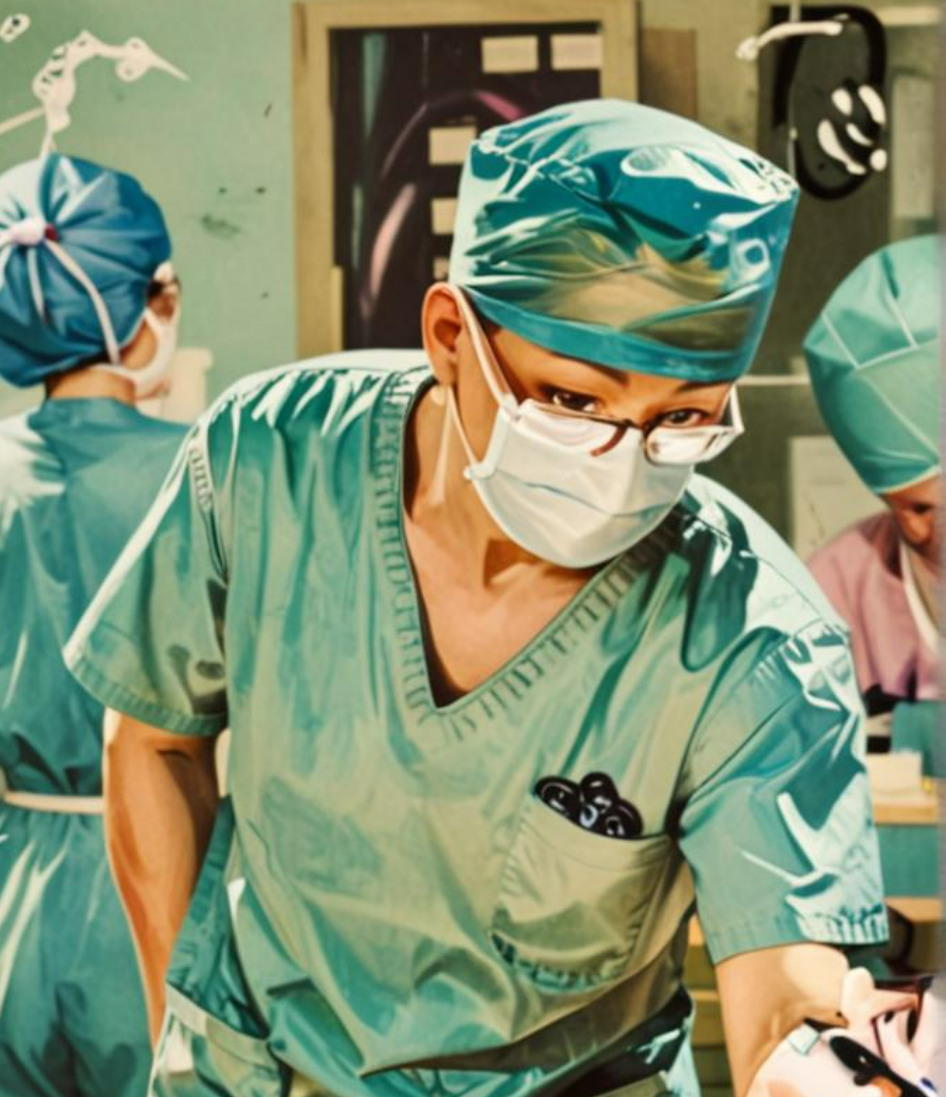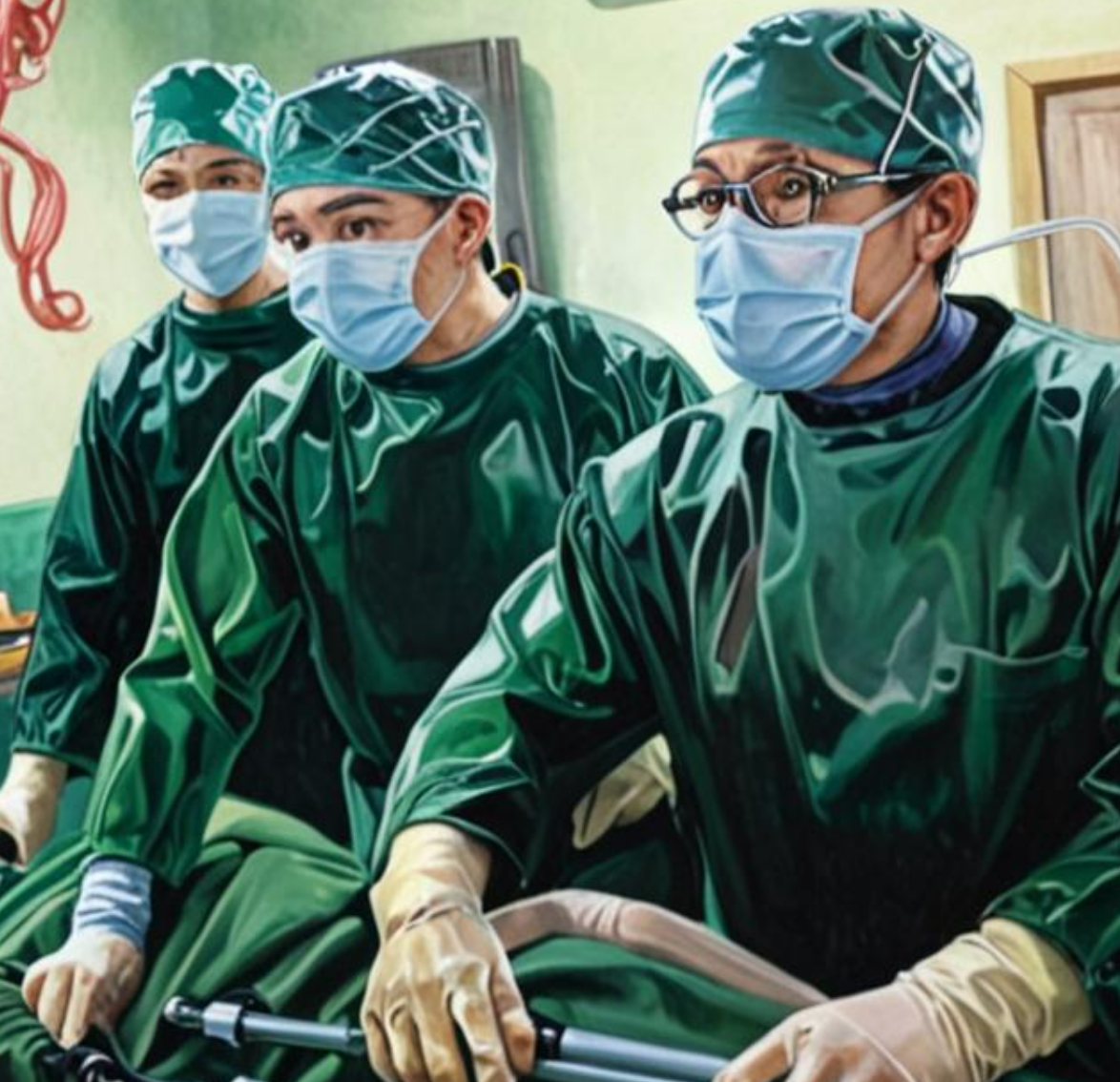I'm a young doctor specializing in treating patients with diabetic foot problems. These patients often have multiple health issues like high blood pressure, diabetes, heart disease, stroke, kidney problems, and serious infections that sometimes require "amputation as a last resort" to save their lives.
Mr. Wang has been dealing with high blood pressure, diabetes, and high cholesterol for 30 years. As I approached him, there was this really unpleasant smell, like something rotting, and his right foot was all wrapped up in messy bandages, with yellow pus coming out of the five toes. "Dr. Yang, I have no idea how to wrap it up, my family made a mess of it. About two weeks ago, my second toe got a small skin tear, but then it turned all red and swollen and started hurting at night. And then the joints in several toes cracked open and bled, and multiple doctors said there was no treatment available for me. It's been really tough finding a hospital that would take me in and provide treatment."

I cleaned up the wound, disinfected it, drained out the fluid, wrapped it up nicely, and put a bandage on. The whole sole of his foot had this noticeable wave-like thing going on, and there was some redness and tenderness around his ankle and lower calf. The infection in your foot is really bad, and if it gets worse, it could spread to your whole body and put your life at risk. It's likely that we won't be able to save your foot. The best option would be to amputate your thigh - it's a matter of saving your life! Mr. Wang fell silent, and the family smiled apologetically at me and quickly changed the subject, saying "Thank you, Dr. Yang, for taking such good care of him. The head doctor said the same thing during his visit, so we're all prepared."
After a week of treating the symptoms and changing the dressings, there was no infection in his whole body, but because the foot was severely damaged and necrotic, we couldn't save it. We were worried that the infection might spread throughout his body. At first, our plan was to open up the femoral artery and amputate his thigh. Then, the director brought me to Mr. Wang's bedside and discussed the operation with him and his family.
Mr. Wang gently touched the top of his head and said, "Director, I've heard about a method where they amputate below the knee but leave a small portion of bone intact. This allows for the creation of a prosthetic leg for the lower limb." Upon hearing this, Mr. Wang's family immediately placed their hands on his knee and looked at him with concern before apologizing to us with a smile, saying, "Director, we understand that the closer to the foot we amputate, there is less chance for regrowth. We trust your expertise and will fully cooperate with the treatment." The director also gazed at me intently. He said to Mr. Wang, "We will try our best for you!"
The surgery that day was absolutely brutal. We had to wear these heavy 20-pound lead aprons and stand for a solid 12 hours, from beginning to end. The director skillfully opened up the iliac artery, femoral artery, superficial femoral artery, popliteal artery, and the three arteries below the knee before ultimately deciding on amputating the lower leg. I was so utterly exhausted that I even questioned my own existence and couldn't help but blame the director. Did we really need to work this hard?

I took Mr. Wang to the ICU and then went out to update his family on the surgery. "The operation went well. The main surgeon successfully maintained blood flow all the way down to his lower leg. Although blood flow in the upper part of his leg was still good, we had to amputate above the knee as per Mr. Wang's request. We also kept his knee joint, though it might not grow back like we said before and we might have to amputate again from the thigh." The family's hopeful gaze suddenly lit up, and they raised their hands together high in the air, almost jumping with joy. As I watched the relieved and ecstatic family members, observing the genuine smile on her face, I suddenly grasped why the chief surgeon made that decision. How authentic and endearing these family members were! It wasn't that they had been faking their smiles earlier; rather, their previous smiles had carried more bitterness, resignation, and suppression."
A solid understanding and trust are the foundations of the "patient-family-physician" relationship. The more we communicate, the stronger our bond becomes. Instead of imposing a predetermined "best" plan on patients and families, physicians take the time to fully grasp their needs, consider the current state of medical care, and provide a solution that aligns with everyone's principles. The practice of evidence-based medicine is a must-have skill for doctors, just like being able to understand and connect with patients, communicate sincerely, and pick up on subtle cues. Only by truly getting what patients and their families need, reading their expressions closely, and delivering treatment from the heart can doctors earn genuine smiles.
The more you practice in clinical settings, the better you understand the ups and downs of life, and the closer you get to becoming a great physician, the more cautious you become like walking on thin ice.
Department of Vascular Surgery,Yu Yang
